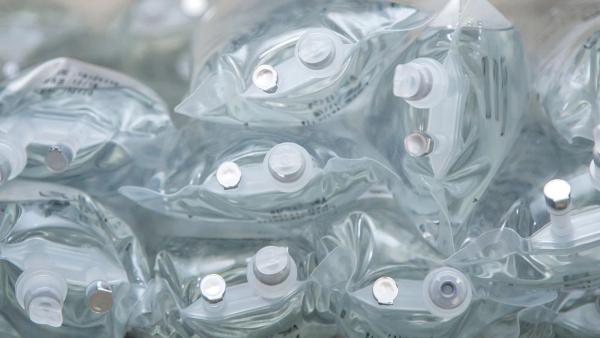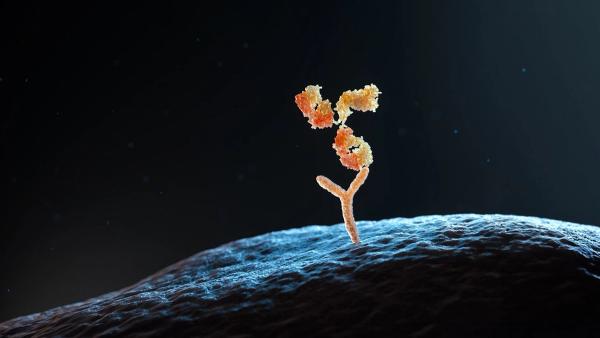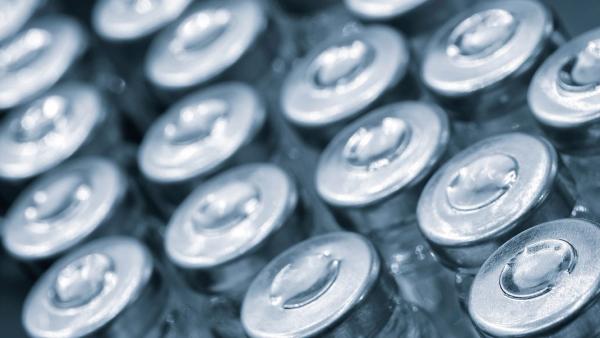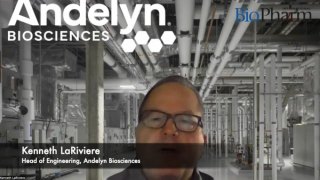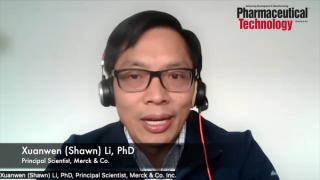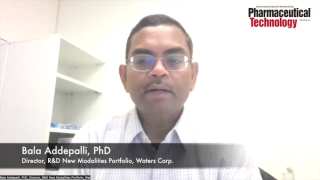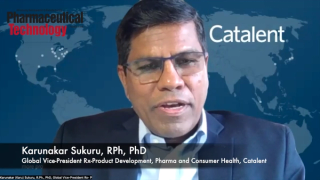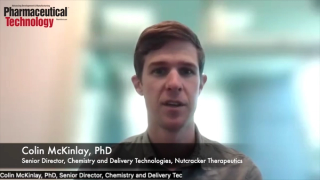
Manufacturing
Latest News
Latest Videos

More News

Artificial intelligence, among other technological advances, is pushing innovation boundaries.
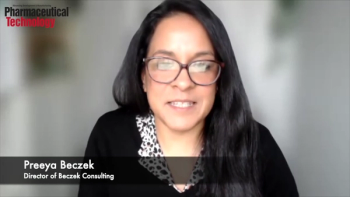
BioPharm International® chatted with Preeya Beczek, managing director and co-founder of Beczek.COM, about industry trends from 2024 and which of those might impact the industry in 2025, including the big trend of AI.

Previous domestic capital expansion commitments since 2020 had been made in Research Triangle Park and Concord, both in North Carolina; Kenosha County, Wisconsin; Lebanon, Indiana; and Lilly’s home city of Indianapolis.

Single-use solutions are the company’s focus this year, including tubing and custom-molded parts.
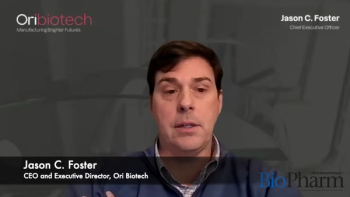
Jason C. Foster, CEO and executive director of Ori Biotech, spoke on addressing bottlenecks in CGT manufacturing and what to expect in the CGT manufacturing space moving forward.

Jason C. Foster, CEO and executive director of Ori Biotech, discusses the milestone achievement in commercial-scale CGT manufacturing with the company’s IRO platform.
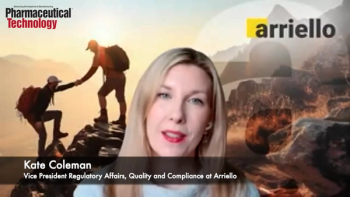
BioPharm International® sat down with Kate Coleman from Arriello to run through the major trends from 2024, including the importance of technological advances, and how these may progress in 2025.
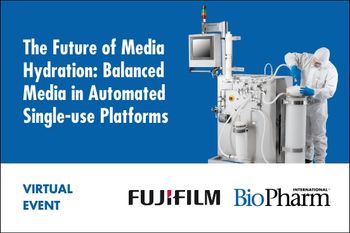
Webinar Date/Time: Tue, Mar 4, 2025 11:00 AM EST
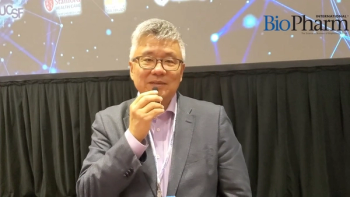
William Oh, MD, led a panel discussion during which the practicalities of incorporating AI tools into the daily workflow of busy clinicians were discussed.
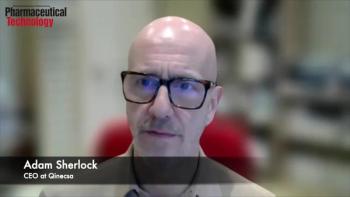
BioPharm International® sat down with Adam Sherlock, CEO of Qinecsa, to discuss the changing political landscapes in the US and Europe and how that may affect the bio/pharma industry.
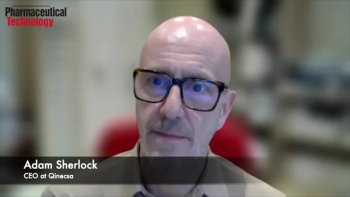
BioPharm International® spoke with Adam Sherlock, CEO of Qinecsa, about the industry trends of 2024, the future technology agenda, and M&A prospects in 2025.

Personalized medicine is a trend that continues to impact innovation and business decisions in the biopharma industry.

Development of new modalities of biotherapeutic molecules will rely on manufacturing, regulatory, and collaborative support.
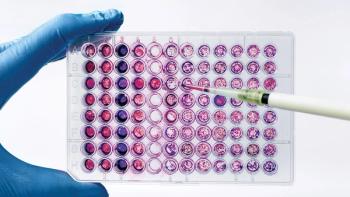
Cell-line engineering and media formulation improvements are leading to greater performance.
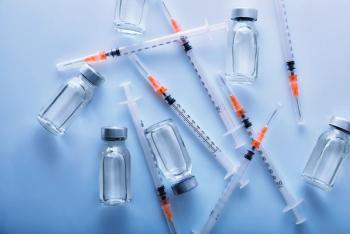
Rapid market growth in biologics is helping the packaging market expand as well, but the complex nature of biologics and the desire for personalized therapies present unique hurdles to make packaging solutions cost-effective and safe for patients.

Enduro Genetics will use the funding to expand its cell programming technology for scalable biomanufacturing with microbial cells at its Copenhagen, Denmark site.

Under the expanded distribution service, Distek’s BIOne Benchtop Controllers will now be made available across the UK and Ireland.
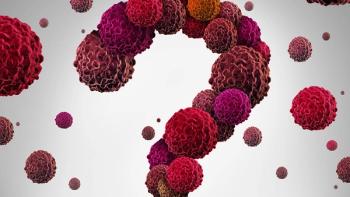
AI regulations in healthcare are rapidly evolving, and one should consult with regulatory subject matter experts, says Siegfried Schmitt, PhD, vice president, Technical at Parexel.

UK Biocentre and Azenta Life Sciences Partner on Sample Storage Capabilities for Biomedical Research
UK Biocentre will now utilize Azenta Life Sciences’ automated storage system, which gives the center storage capacity for more than 35 million biosamples.

The 2025 Pharmapack Awards recognize both commercial products and innovations that are shaping the future of pharmaceutical packaging.
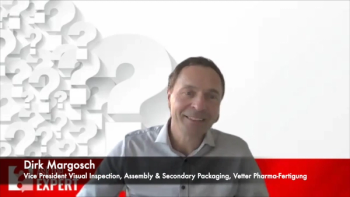
Dirk Margosch, Vice President Visual Inspection, Assembly & Secondary Packaging at Vetter Pharma-Fertigung GmbH & Co KG, provides advice on how to respond to defective vials in a batch and how to prevent future problems in secondary packaging.

Under the partnership, the companies will combine fully automated and digitalized technologies aimed at reducing CGT manufacturing timelines to 2.5 days.

The collaboration will combine Cytiva’s CGT manufacturing technologies with Cellular Origins' robotic manufacturing platform.

The Critical Role of Forced Degradation in Method Development, Manufacturability, and CMC Strategy
Webinar Date/Time: Wednesday, February 12th at 11:00 AM EST

Jane True, Dr Andreas Kuhn, and Dr Andy Geall discuss mRNA risks, costs, effectiveness, manufacturing logistics, public messaging, and regulatory challenges.






